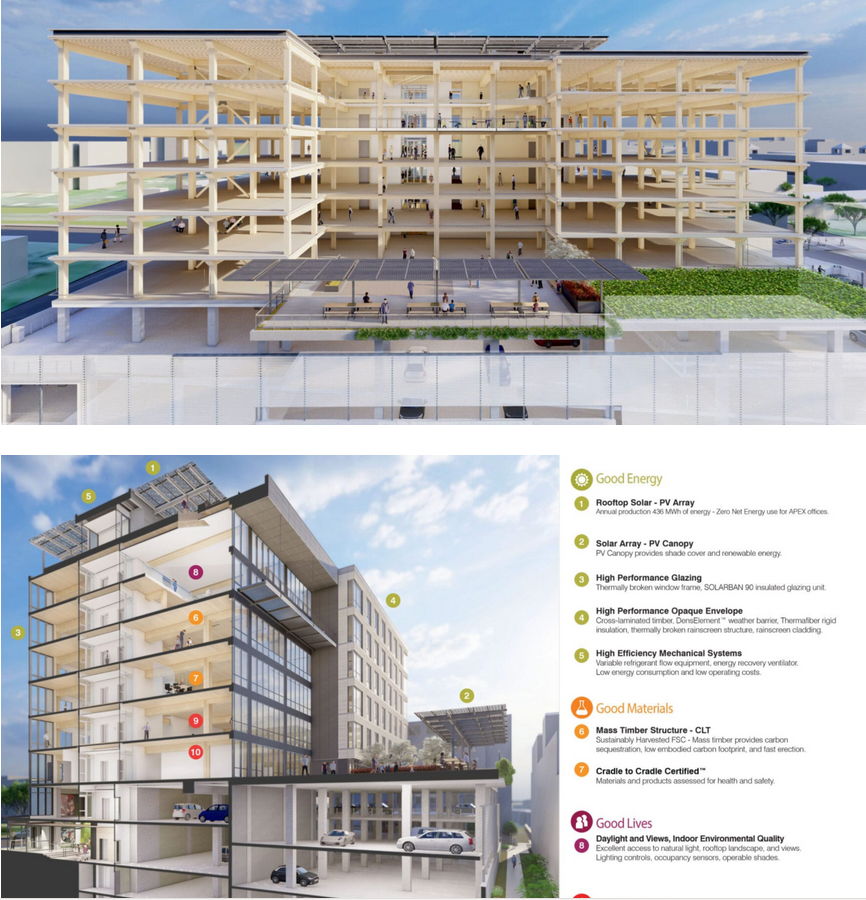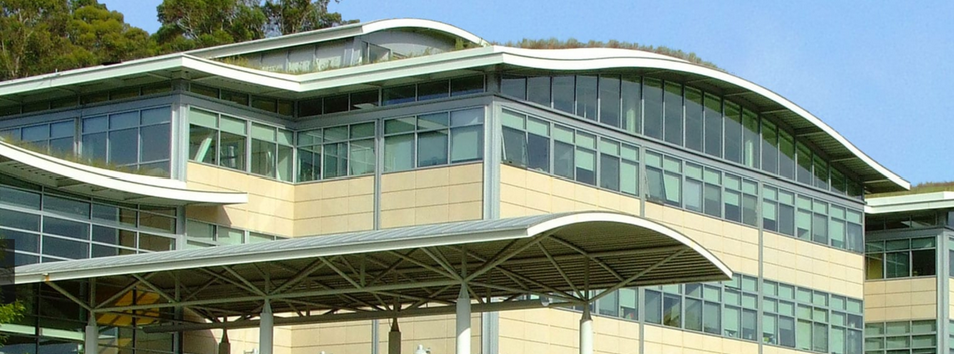This 29-acre facility, located in Palo Alto’s famed Stanford Research Park, was designed to increase people’s connection to each other and the outdoors. It features lovely landscapes, trees, and landscaping. Due in large part to the design’s attention to scale and sensitivity to the natural surroundings, William McDonough + Partners guided the design team through the rigorous entitlements process with unparalleled success [1]. The design succeeds in merging a world-class office environment capable of recruiting top talent with a campus by protecting existing trees, adhering to existing terrain, and retaining on-site runoff via the use of bioswales and a bioretention system. The complex is designed around interconnecting outdoor garden spaces and outside bridges connecting the top levels, with five two-story office buildings and a fitness facility. A central plaza, a playing field, outdoor eating, and a variety of meeting venues are all available on site. The use of glass top light monitors for natural daylight, moveable windows, energy-efficient lighting and mechanical systems, and safe and healthy materials prioritizes occupant well-being [1].
[1]. https://mcdonoughpartners.com/projects/vmware-corporate-campus/










